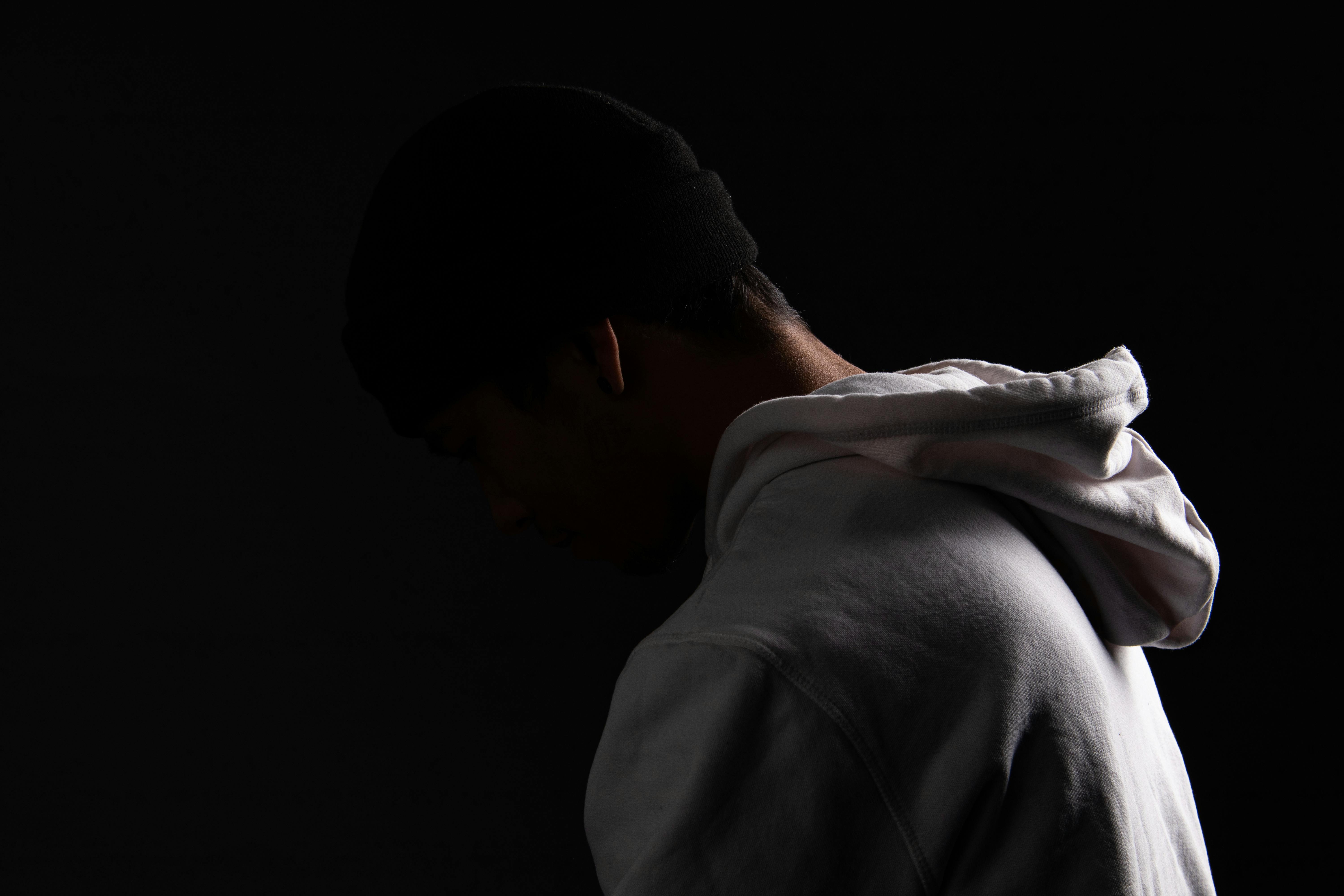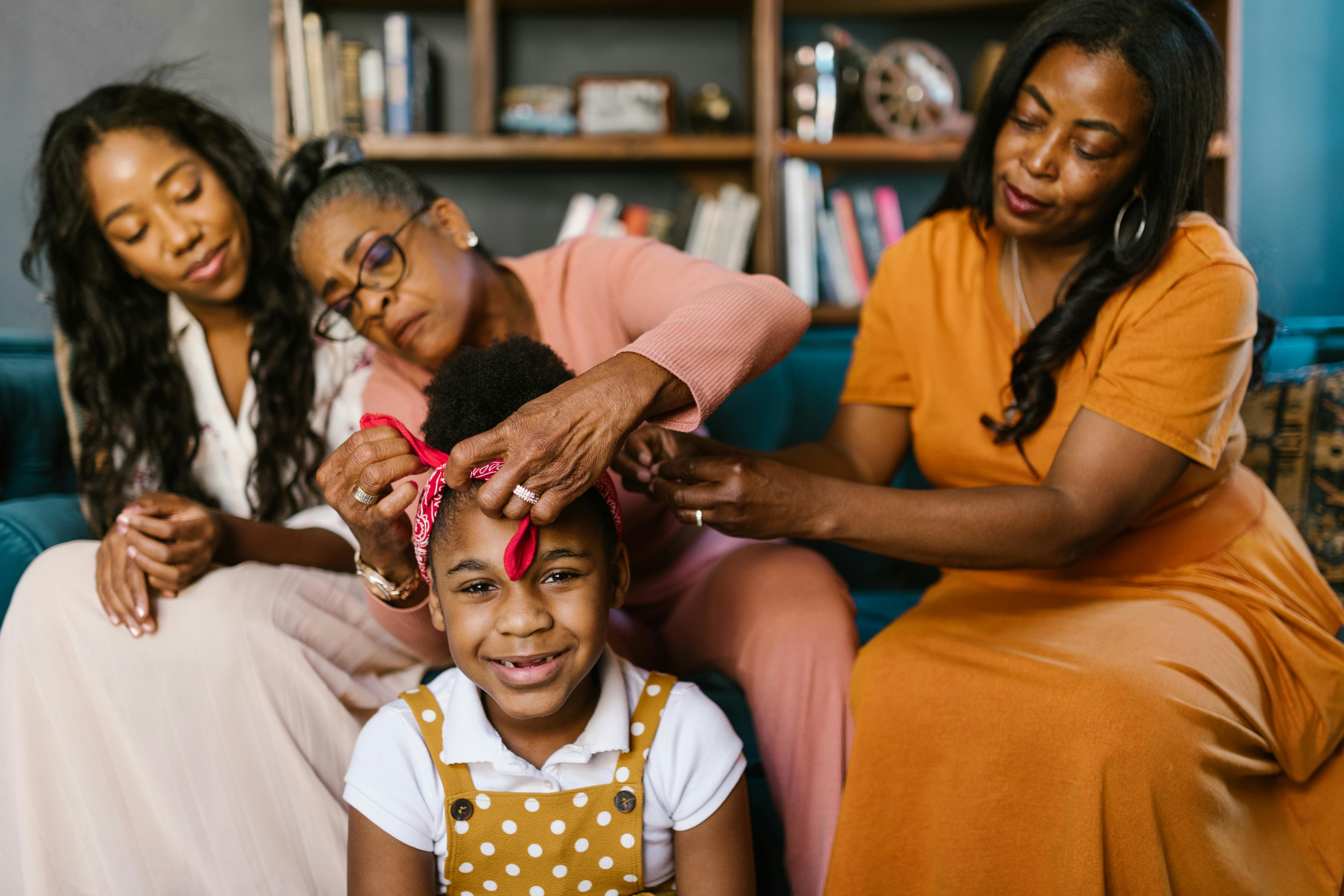How Childhood Wounds Show Up in Your Life
Oct 25, 2025
Our early experiences shape more than just our memories. They influence how we think, feel, and connect as adults. Childhood wounds are not always dramatic or obvious. Sometimes they come from consistent patterns of emotional neglect, criticism, or unmet needs.
Maybe you grew up in a home where love felt conditional.
Maybe mistakes were met with punishment instead of patience.
Or maybe you simply learned that it was safer to stay quiet than to speak up.
Even subtle emotional wounds can leave a lasting mark. Over time, they shape our beliefs about ourselves, our relationships, and our place in the world.
How Childhood Wounds Appear in Daily Life
Unresolved childhood experiences often show up in ways that seem ordinary, but they can deeply affect emotional health and relationships. Common patterns include:
- Overachieving to feel worthy. You may chase success or perfection because you learned that approval comes only from achievement.
- Difficulty setting boundaries. If “no” was not respected in childhood, it can feel unsafe to assert yourself now.
- Avoiding conflict. If speaking up led to tension or rejection, you might stay silent to keep the peace.
- Perfectionism. Growing up with high expectations may leave you afraid to make mistakes or disappoint others.
These are not weaknesses. They are learned survival strategies. But as adults, they can create burnout, emotional fatigue, and disconnection from our authentic selves.

Why Healing Matters
Without awareness, old patterns repeat themselves. Healing allows you to respond to life from a place of clarity and self-trust rather than fear or habit. When you begin to heal:
- You recognize emotional triggers before reacting.
- You set boundaries without guilt or shame.
- You communicate honestly and build healthier relationships.
- You begin to experience calm, confidence, and a deeper sense of worth.
Healing does not mean erasing your past. It means no longer letting it define your present.
How to Begin Healing
You can begin this process with gentle, intentional steps:
- Notice your reactions. Strong emotional responses often signal unhealed experiences.
- Challenge old beliefs. Ask yourself if these thoughts or fears still serve you today.
- Practice small changes. Allow yourself to rest, say no, or make mistakes without self-blame.
- Seek support. Healing grows when guided by therapy, community, or professional tools.

Take Your First Step Toward Healing
Your story does not end with your past. It evolves through awareness and care. Healing childhood wounds takes courage, but it also opens the door to self-compassion, stronger boundaries, and emotional freedom.
That is why I created a FREE GUIDE to help you begin recognizing emotional patterns, managing stress, and restoring balance in your daily life.
Download your copy today and take the first small step toward healing.

